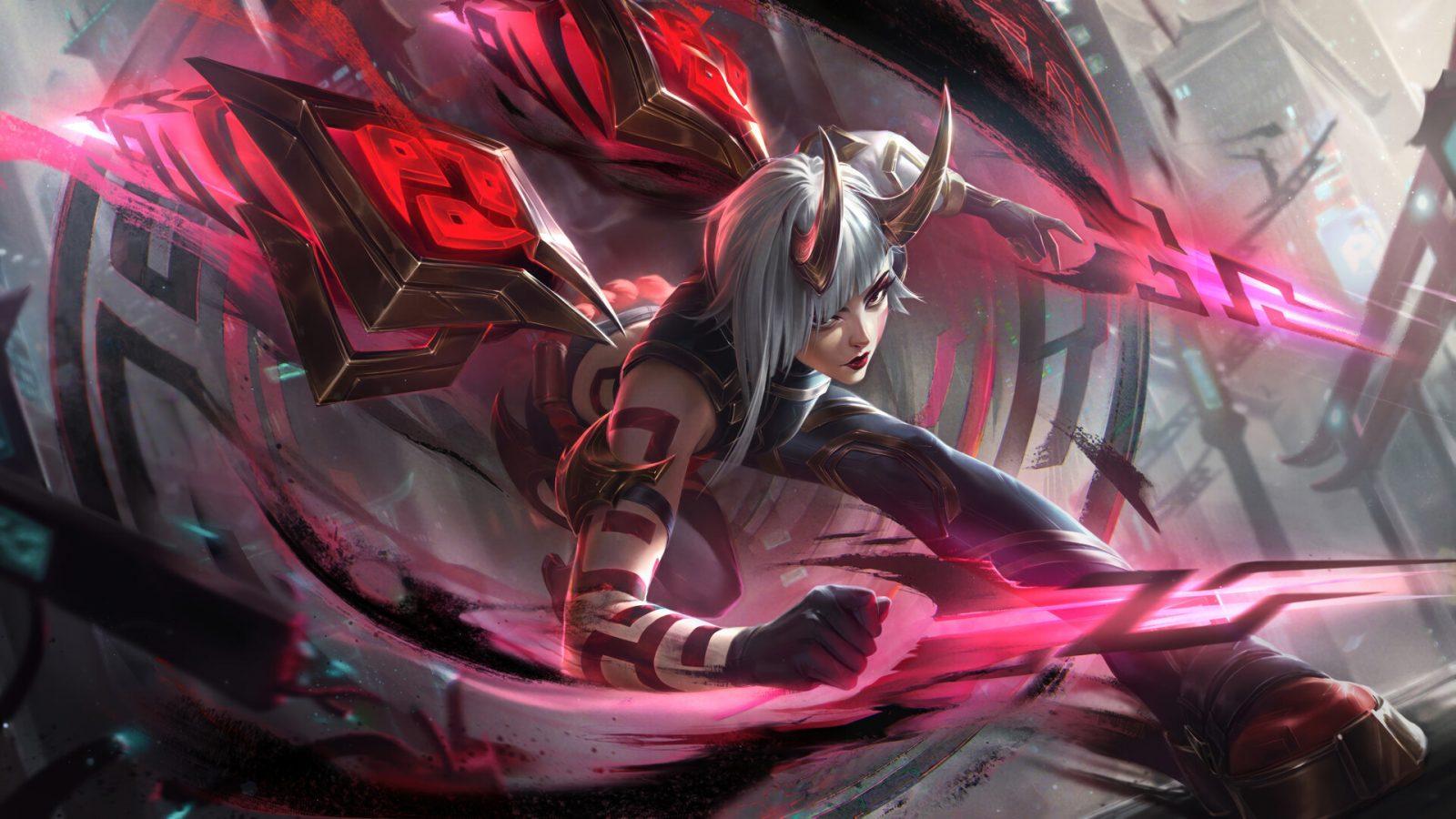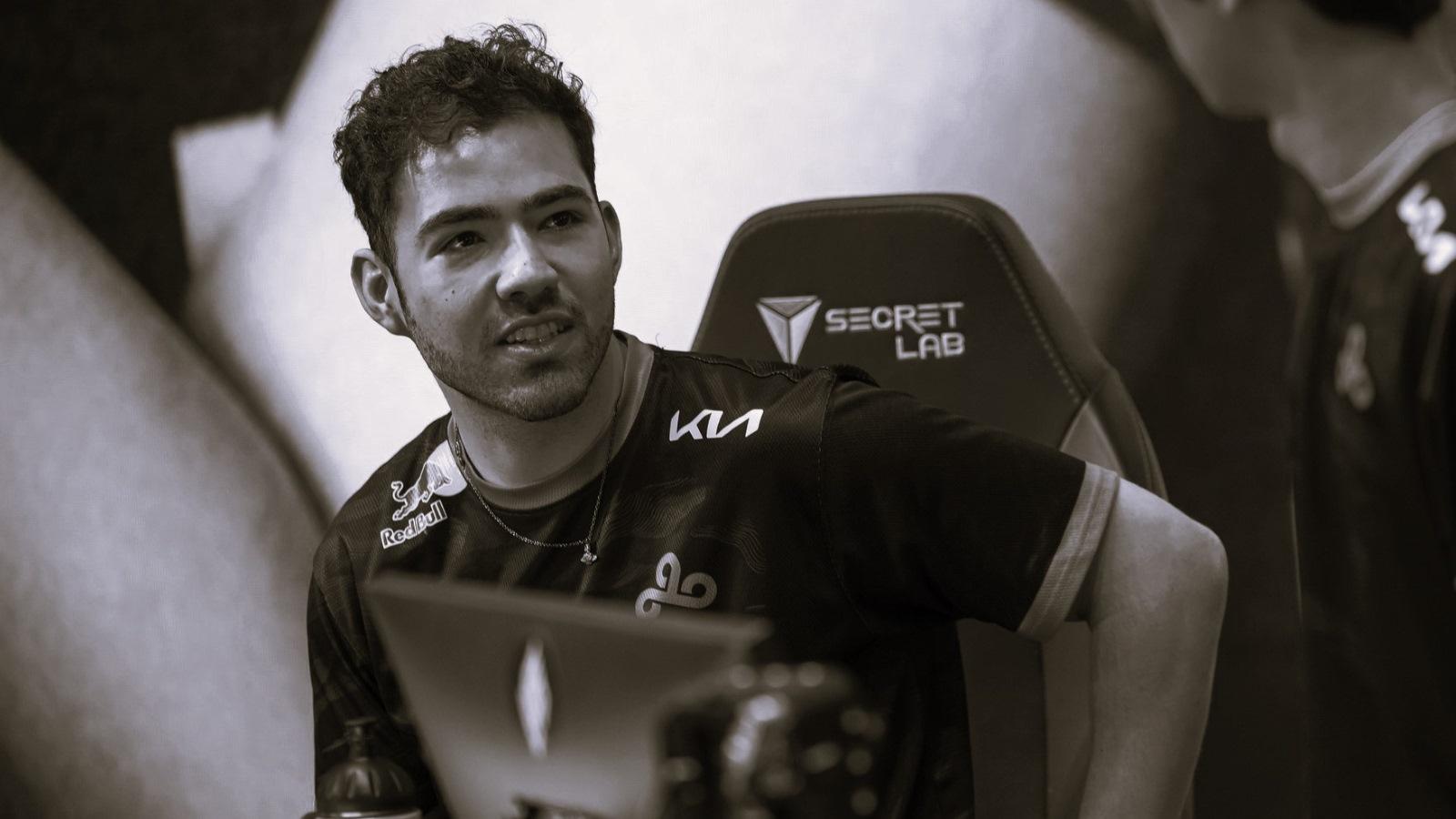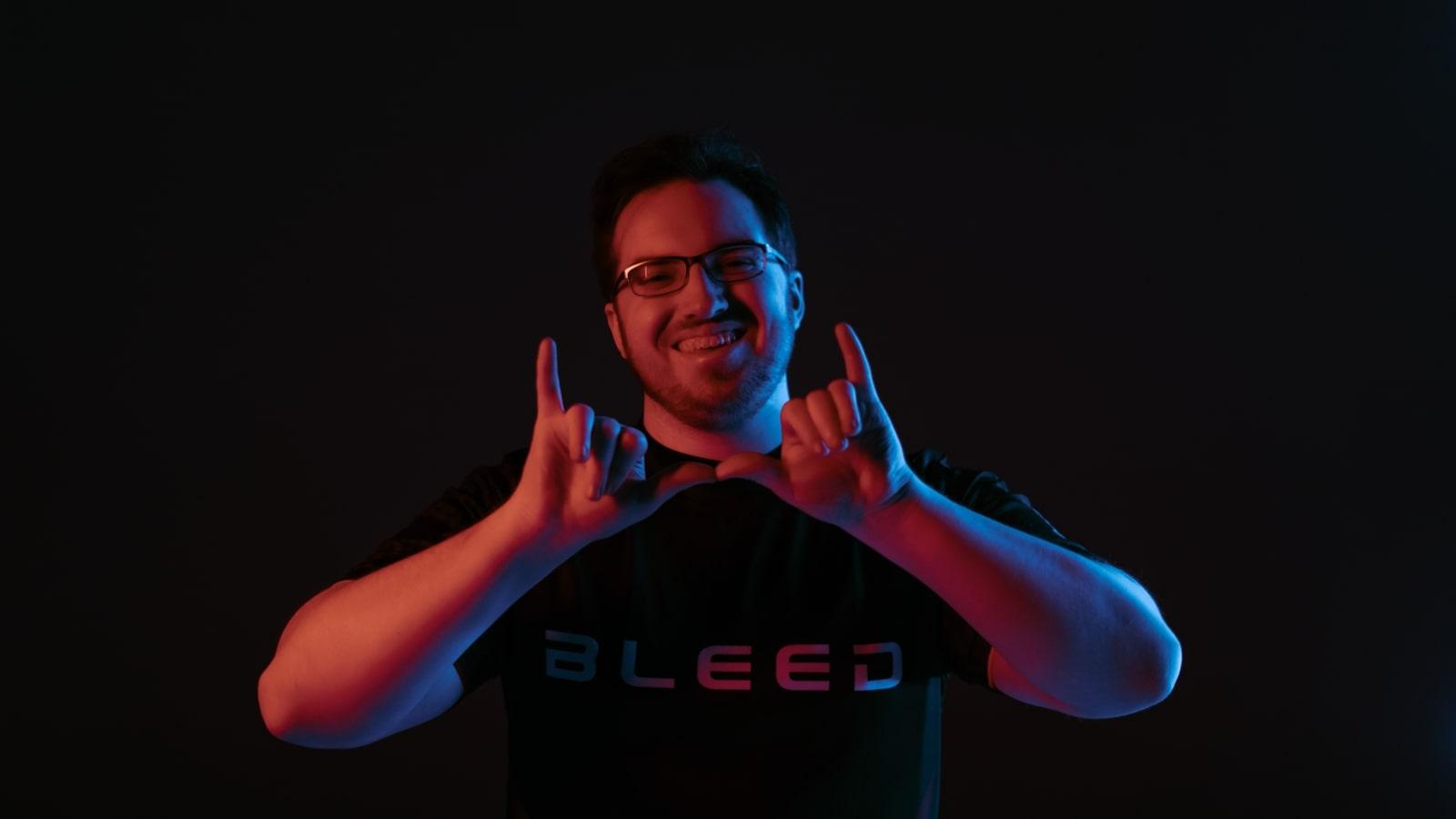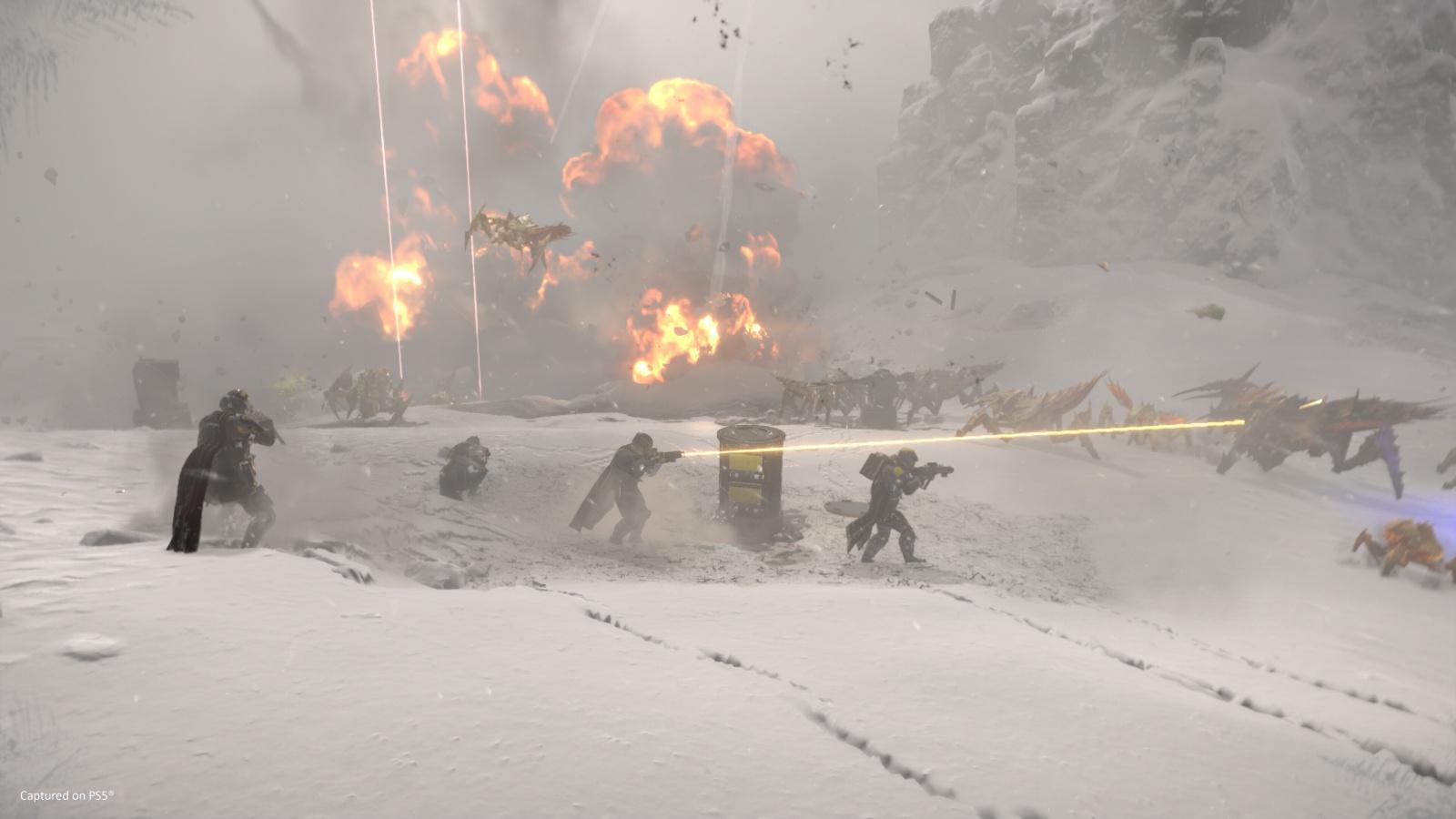Kelsey Moser: The MVP of the 2019 World Championship will be a support player
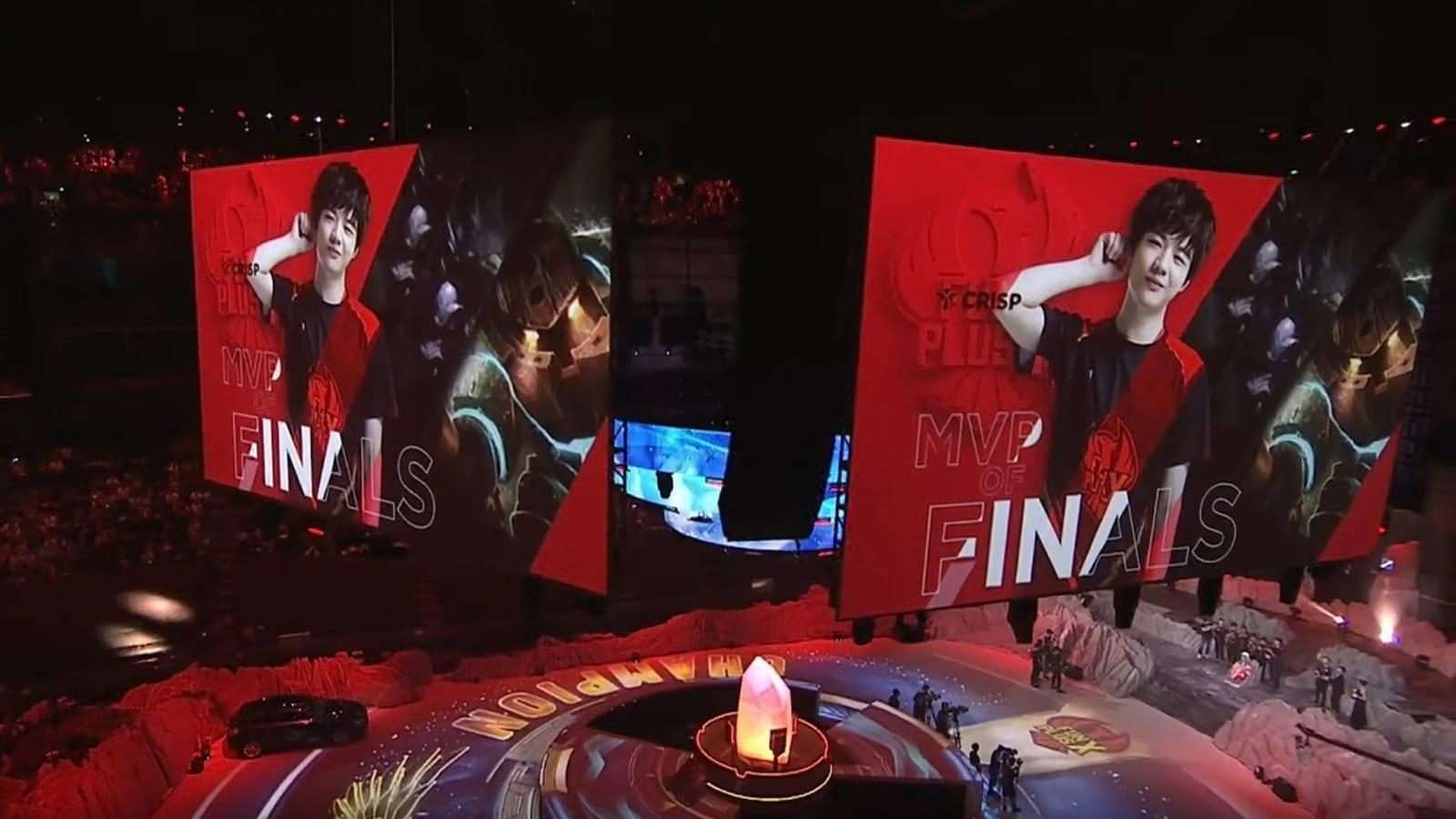
Before a packed stadium on September 6 of 2019, Kim “Doinb” Taesang struggled with tears in his eyes. After years of competing in the LPL, a region he’d claimed as his home since it accepted him in 2015, and three regular split MVP titles, he earned his first Championship. As a key voice in his team’s direction and leadership on the map, he had finally managed to marshall his band of Chinese and Korean teammates to the top of the league. The announcer gave him the microphone to speak his part, and the camera lingered on Doinb as the CEO of the LPL shook each player’s hand.
[ad name=”article1″]
But when the time came to reveal the LPL Final series MVP, the golden disc didn’t go to Doinb. The eyes of the crowd lifted to see support Liu “Crisp” Qingsong earn the title. Despite how much credit the team and fans gave Doinb, the series came to Fun Plus Phoenix in large part due to the efforts of their support player setting up plays around mid lane and absorbing pressure on the bottom side of the map when opponent Royal Never Give Up focused repeated dives to snowball AD carry Jian “Uzi” Zihao.
Crisp is far from alone when it comes to MVP-level supports headed to the World Championship. Team Liquid’s Jo “CoreJJ” Jongin picked up the LCS Spring MVP award this year. T1 only started turning a disappointing Summer Split around when Lee “Effort” Sangho joined the team’s ranks, replacing Cho “Mata” Sehyeong. While a lot of eyes flick to mid and jungle stars like Rasmus “Caps” Winther or Hung “Karsa” Hahsuan heading into Worlds, the list of star-studded supports attending 2019 Worlds has slipped somewhat under the radar.
[ad name=”article2″]
That has happened at previous World Championships. 2017’s Ardent Censer meta required a high level of support play, and the supports who attended had the chops. Support play-making has often made the difference between two teams in a region qualifying for a World Championship if the rest of the map stacks up well.
Yet the gameplay in almost any region has revolved considerably more around the support role as a catalyst in 2019. As a result, the team that brings the best support player and plays well around him has the best chance of taking the whole thing.
[ad name=”article3″]
Invisible power
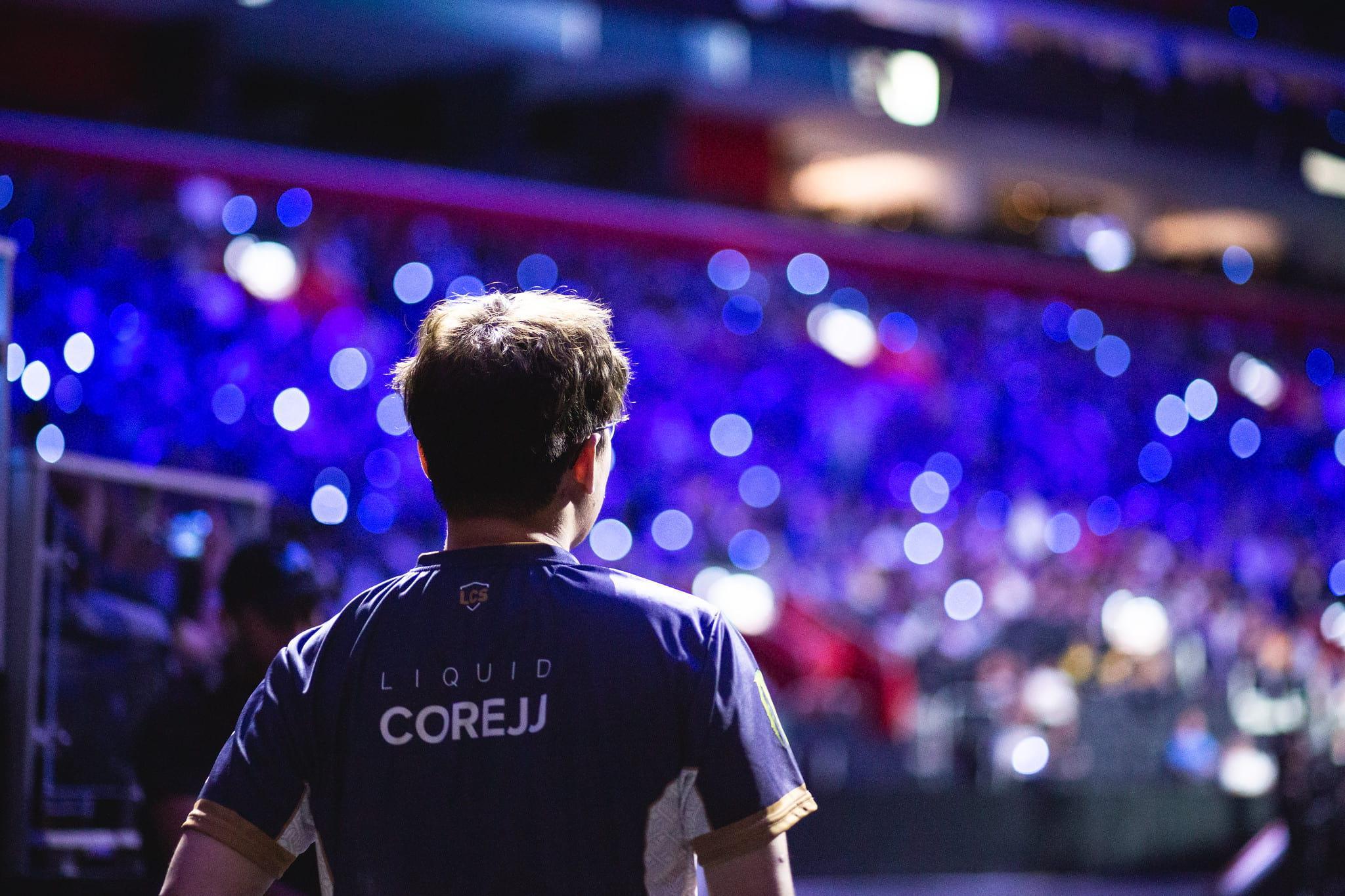
Support champions, by design, have some of the highest base stats of any champions in the game. The top three champion base armor at both levels one and 18 are held by supports. At level one, the top eight base armors are held by supports (counting the reworked Pantheon).
Adding to that, support items also tend to have the most efficiency from raw stats. Using League of Legends Wiki calculations, items like Zeke’s Herald, Ardent Censer, Redemption, and Mikael’s Crucible number among the items in the game with more than 100 percent stat efficiency. Even Eye and Remnant of the Watchers have above 100 percent stat efficiency on top of generating gold for the support player. Based on laning and gold generation from support items, supports can outpace junglers in gold income if junglers don’t play for kills early on.
Many strategies have arisen this season that abuse the strength and copious gold generation of support items. Frostmancy, still prevalent in regions like LCS and LEC for bottom lane duos like Sona-Tahm Kench and Garen-Yuumi. A melee champion will start with Relic Shield, and the ranged champion picks up Spellthief’s Edge. The use of both items accelerates gold generation while the melee champion farms early, and the ranged champion looks for poke and harass to pick up gold.
[ad name=”article4″]
Frostmancy and solo lane variations that existed before the notorious hotfix early on in the season became this season’s version of the funnel strategy, which used gold and experience generation from a jungle item on solo laners paired with junglers taking Relic Shield. Riot have attempted various fixes to limit excessive use of extra gold generation items since the existence of items like Heart of Gold in early seasons of the game, but strategies like this will keep arising because support items themselves are both efficient combat-wise, and passive gold generation itself is inherently overpowered.
But the massive change that gives support extra agency and importance going into Season 9 is the elimination of Tracker’s Knife for the jungle. Support item quest completion is now the best way to pepper the map with vision. When support item holders finish their quests, they gain access to extra sight wards that they don’t have to purchase or use a warding totem trinket to procure. That means map control heading into the mid lane has to function almost entirely around the support player’s reset.
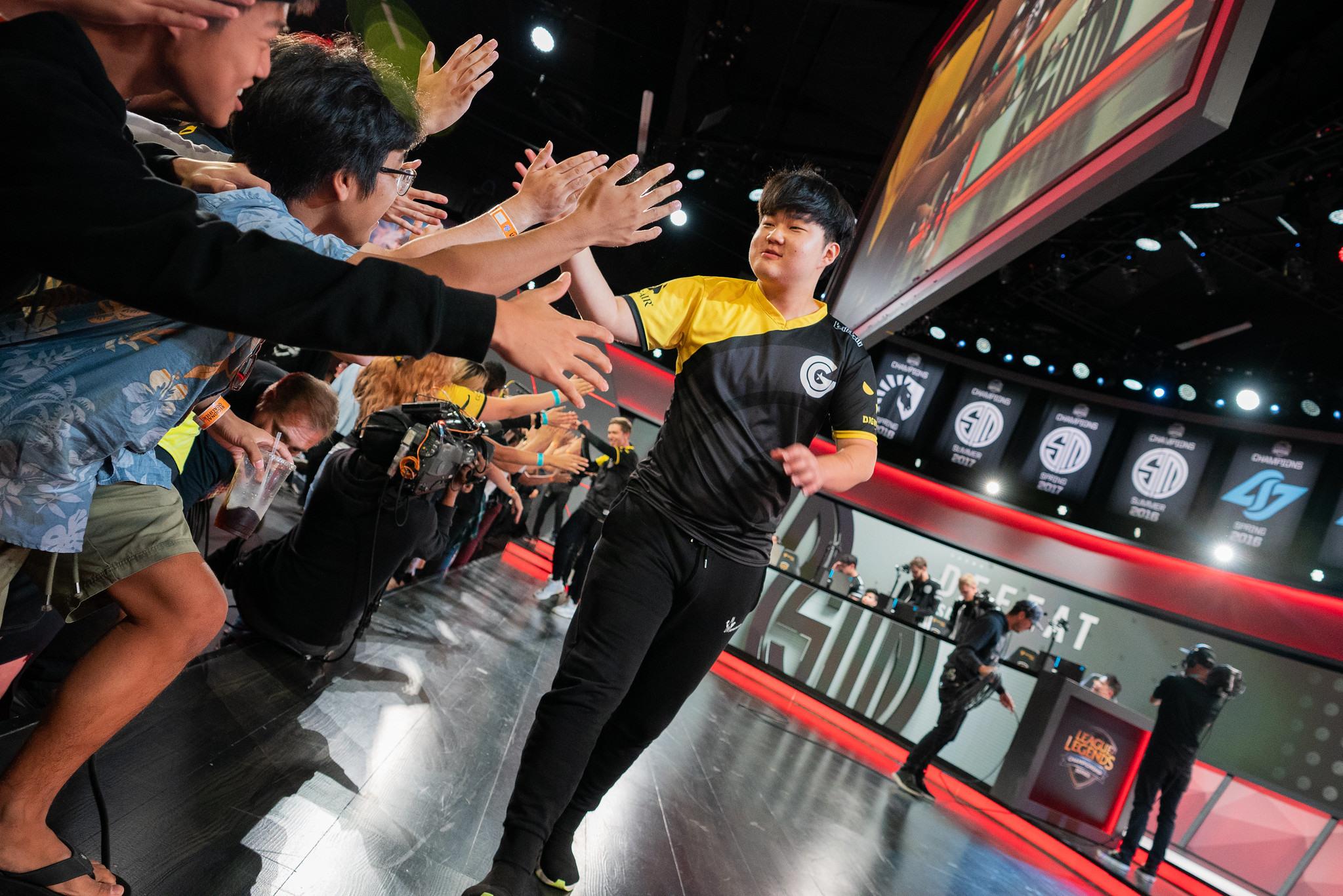 Huni, one of the most notorious Frostmancy top abusers, also qualified for the World Championship.
Huni, one of the most notorious Frostmancy top abusers, also qualified for the World Championship.That creates an objective that doesn’t just spawn on the map. Teams can create their own objectives to fight over by placing vision on a support’s reset. If a support expends all charges of his warding item, then he will have to go back to base to get more if the enemy team clears them. That creates a tempo opening for the opposing team. As such, the pace of the game has to revolve almost entirely around each support’s back timer in coordination with objective spawns. That gives a good support a massive amount of power to dictate the pace of the game if he can set up for his team around him.
[ad name=”article5″]
Support-centric strategy around the globe
Extremely strong support champions have dominated the ban phase for much of Season 9. The introduction of Yuumi, the strength of Lux, strategies revolving around Sona bottom lanes, and Tahm Kench as a counter to 1-3-1s during a solo lane-centric meta in spring made a lot of supports must-bans. In the playoffs for multiple regions, the play-making power of Rakan earned him a spot on the first three bans.
For the LCS Summer Final, Cloud9’s early draft phase revolved heavily around denying Team Liquid the Sona Frostmancy bottom lane and the Xayah-Rakan combination. After losing to Xayah-Rakan in the first game, Cloud9 consistently picked Xayah as a first-round pick on red side or banned it on blue. When they picked Xayah, TL always answered with Rakan to deny C9 the combination as well.
In the LCK Final, Griffin heavily prioritized Tahm Kench and Shen for Son “Lehends” Siwoo. These champions would allow him to roam top and target T1’s Kim “Khan” Dongha with a top lane counterpick. T1 answered by counterpicking support and playing to confine Lehends to lane.
Bottom lane strategy almost completely dominated the LPL final. The series revolved around denying counters to Kai’Sa-Nautilus as a lane, and separating the duo in the first two picks of the draft. The blue side team first-picked Kai’Sa, and could answer the Nautilus pick with a champion like Gragas or Alistar to absorb dive pressure and combo well with the AD carry pick. FPX banned Xayah and Morgana on either side, while RNG denied Tahm Kench and Pyke picks from FPX, making support the most ban-targeted role.
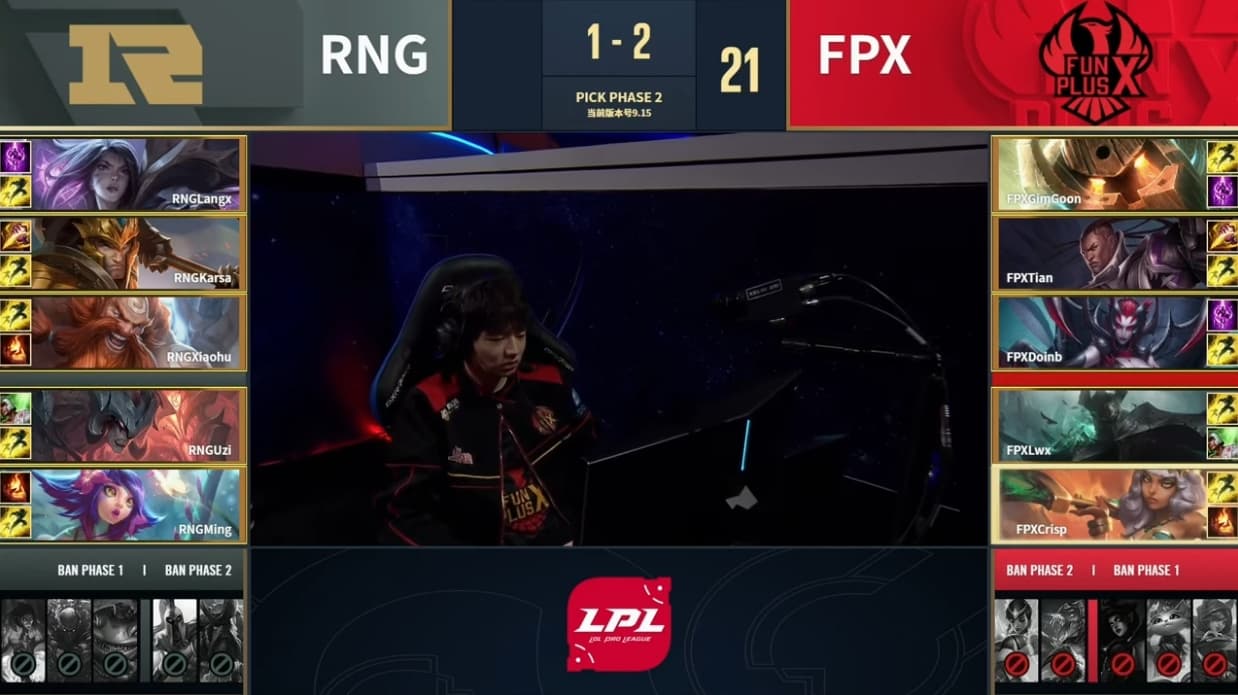 The final draft between RNG and FPX featured four support bans in the first phase.
The final draft between RNG and FPX featured four support bans in the first phase.Of course, LEC featured some of the most interesting support picks of any of the major region finals. Rakan received permanent ban status on blue after Rakan first-pick nearly dominated Fnatic and G2 Esports’ previous best-of-five encounter in the upper bracket. The series started with a Pyke first pick — Pyke is the easiest support to snowball with his passive generating extra gold on kills — but devolved into Thresh and Shen trades.
G2 and Fnatic stand out not just in the LEC, but in the world as the two teams that best play around the play-making and map control power of the support role. This in particular makes them look like two of the strongest teams heading into the World Championship.
It’s a bot — err, it’s a support-centric meta in Europe
While support has a lot of agency in every major region, and teams like Team Liquid and Royal Never Give Up very obviously play around bottom lane in the sense that they play to accelerate the AD Carry, it’s easy to say with no calculation required that G2 and Fnatic’s final featured the most bottom lane kills of any final in a major region.
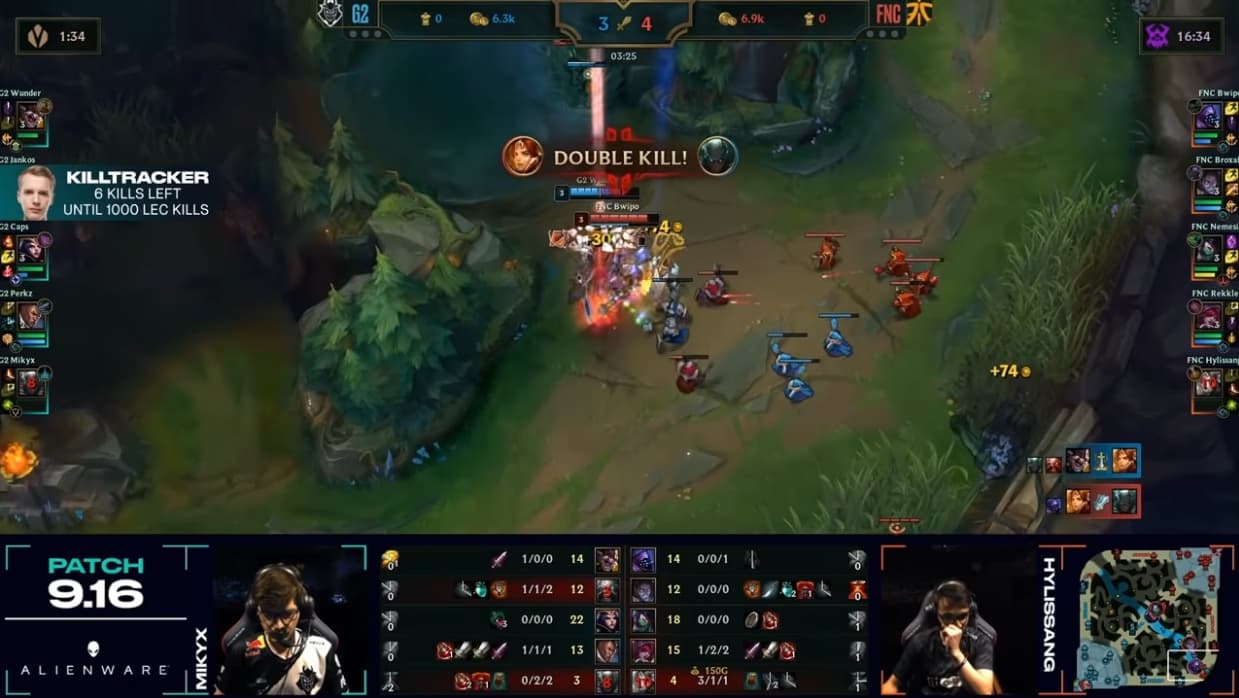
Observing a lot of the bot skirmishes in the first game, Fnatic’s successes in fights didn’t translate into plates or specific 2v2 advantages, but into control of the bottom half of the river. Frequently, after a play, Zdravets “Hylissang” Iliev Galabov and Martin “Rekkles” Larssen simply pushed out the bottom lane and walked the river the keep it clear of vision. This set up a lot of plays either mid or bottom side pivoting around Hylissang himself.
One of the clearest examples came around 13 minutes when Hylissang roamed top after a failed over-aggressive dive. Rekkles went back bottom to push out the wave, but Hylissang cleared vision in top-side river with a pink ward and a sweeper. As soon as he ascertained that G2 couldn’t have eyes on him, Rekkles and Tim “Nemesis” Lipovšek both teleported for the play that Hylissang instantly engaged. G2 immediately retaliated with a play initiated by Mihael “Mikyx” Mehle with Caps and Marcin “Jankos” Jankowski in tow onto Nemesis in the jungle. The play resulted in top turret for Fnatic, a reset, and then Hylissang immediately initiating the next tempo play on the mid section.
When Fnatic had control of the mid section, they also sent Hylissang, not Mads “Broxah” Brock-Pedersen, to make a side lane play as he could use sweeper and wards to secure the play for his team without detection, or set up for a repeat play with his jungler accompanying him.
Over the course of the series, both Fnatic and G2 Esports continued making plays around support reset timings, vision, and the support’s raw skirmish power to ensure the most effective play on the map. While many other teams would open a match with a mid-jungle 2v2 to ensure mid lane’s first reset and then use that agency to visit a side lane, G2 Esports opened Game Five with a gank bottom. Immediately following the play, Mikyx and Jankos roamed mid to three-man Nemesis with Caps.
This kind of play often sets G2 apart from other teams in terms of their early-game power. Rather than matching a 2v2 mid, G2 ensure they have a numbers advantage for a mid play. Obviously, this type of move can create problems if Jankos plays a jungler with low clear speed, so G2 don’t look for this play every game. But the main point is that G2 and Fnatic often think more in terms of mid-jungle-support as a trio for controlling the map, rather than just having a mid-jungle duo.
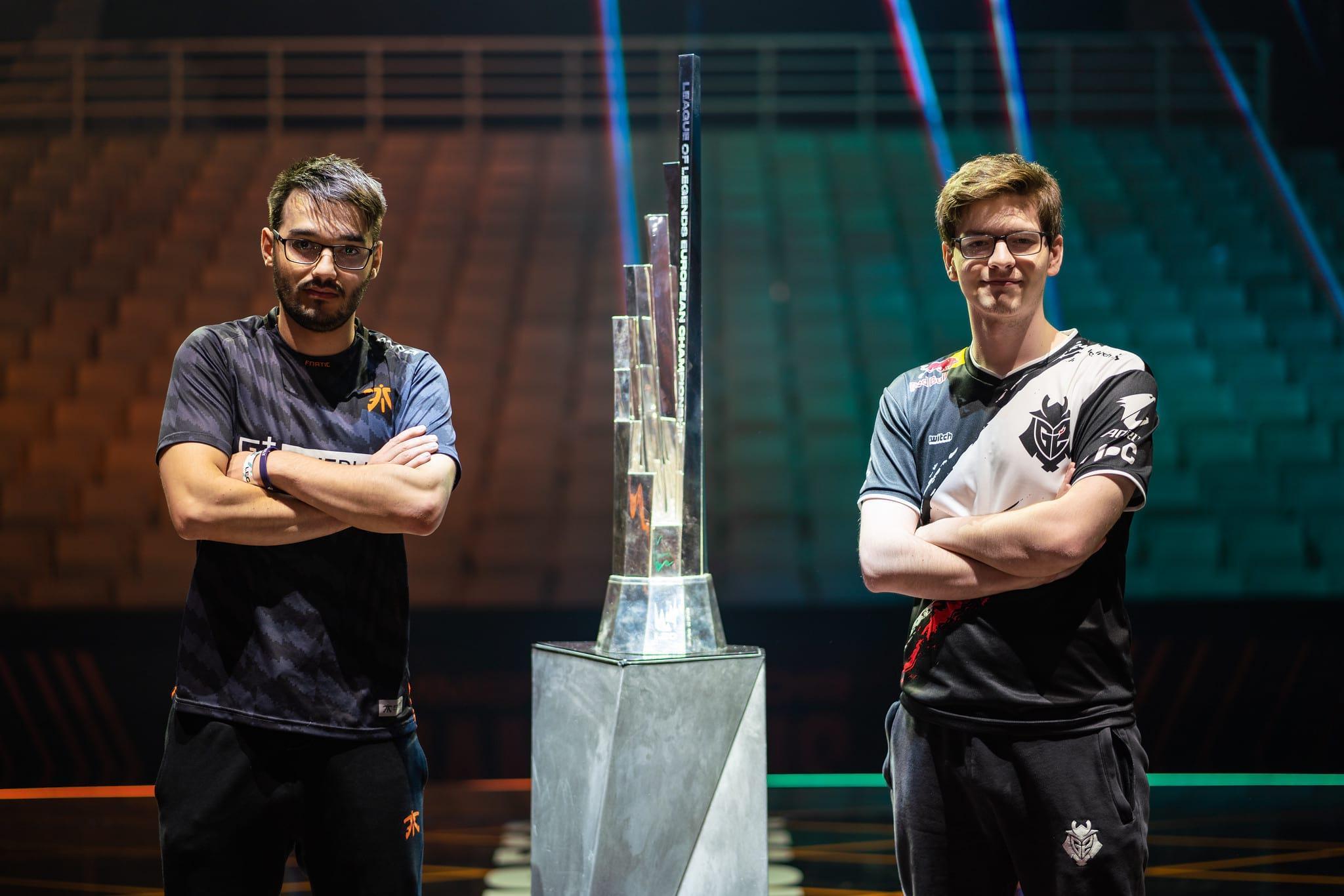 Two of the most impressive supports at Worlds come from LEC.
Two of the most impressive supports at Worlds come from LEC.That thought process pays the most dividends in the mid to late game. G2 often play interesting games with vision that one might not consider extremely typical. G2 Esports will fight for mid lane prio, then use the push to invade jungle for vision just like every other team, then push again to play for an objective.
What sets G2 slightly apart is both how early they will sometimes reset ahead of objectives (up to two minutes ahead rather than just one), and where they often like to place wards in relation to the objective in question. In Game Five, when playing for a dragon 18 minutes into the game, Mikyx prepared vision around the bottom side of the map. After they secured the dragon, G2 pushed out bottom wave and also stole Fnatic’s blue buff.
But Fnatic instead placed wards in their own red buff area jungle in preparation for Baron spawning. Rather than contesting this vision, G2 postured for a bottom lane tier two siege, crashed the wave and forced Fnatic to group bottom to react. After that, when G2 played for the next mid wave, they immediately rushed top instead of attempting to contest Fnatic’s vision behind Baron first.
Fnatic reacted with Teleports and appropriate resets because this kind of play is very common from G2. They create contestable vision in one side of the jungle and pull pressure to objectives there. After that, they instead look to get picks and control the objective they’re really interested in (in this case, Baron).
Having played against G2 repeatedly, Fnatic forced them to adapt their usual approach. Fnatic again read Jankos pretty easily when G2 placed wards behind Baron to rotate for Infernal. But G2 this time matched Fnatic’s collapse, and turned the fight to push for the mid lane inhibitor.
Support your supports
This kind of back and forth in the LEC demonstrates that the top two teams of Europe currently play the most interesting mind games around vision control and pivot well around the strengths of their supports. It also demonstrates the kind of power a snowballed bottom lane (and particularly a support) can have on the map.
As a result, I expect the rest of the world to have to react to plays like this from G2 and Fnatic. But almost every team attending Worlds certainly has the support talent to match if the team learns to play to them. Unlike other years, a strong support wasn’t just the difference-maker on an otherwise stacked roster in making Worlds. Support talent was a bare minimum requirement to even advance far enough for Worlds to be an idea.
When October arrives, may the best support win.
